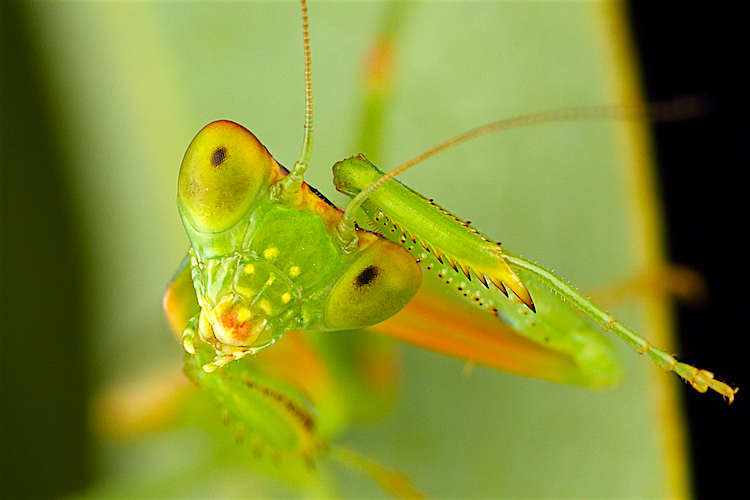A Guide to Keeping Mystery Snails
These aquatic snails come in a variety of vibrant colors and can even help you keep your aquarium algae-free.

Mystery snails — the smaller, less destructive member of the apple snail family — can make a charming and colorful aquatic pet.
Not to be confused with the larger and destructive channeled apple snail (Pomacea canaliculata), the mystery snail (Pomacea bridgesii) is its much nicer cousin.
Coming in many stunning colors and staying at a relatively small size of 2 inches, the mystery snail is a hard worker when it comes to eating algae off of aquarium glass, decor, plants and even gravel.
Mystery snails can live 2–3 years if given good water quality and are peaceful with other tank-mates, including fish and shrimp.
They also won’t typically eat your live plants, but this isn’t a guarantee.

Don’t leave your pet’s safety to chance
Sign up for Petful recall alerts today.

Housing for Mystery Snails
A few mystery snails will do fine in a 10-gallon tank as long as you change the water each week.
Several of them can be added to larger community tanks without issue.
You’ll need to put a cover on the intake valve of any filter, because some mystery snails have been sucked in and were injured as a result of getting too close.
Filtration for Mystery Snails
I’ve used AquaClear HOB filters with success. They’re fairly easy to clean, but they offer limited space for bio-media.
Opt for a larger filter size to get better filtration and more space for media.
Substrate
If the tank is just for the snails, a bare bottom, sand or gravel is fine.
Water Temperature/pH
The temperatures that mystery snails can tolerate range from 68 to 75 F.
They also do best in hard water and at a pH of 7.6–8.4.

A Mystery Snail’s Diet
Mystery snails aren’t just a cleanup crew, and they do require their own food source.
To maintain shell health, mystery snails need a decent amount of calcium in their diet and water. You can achieve this by floating a cuttlebone in the water or by using a calcium additive.
The best way is to get it to them is through the diet:
- Feeding vegetables rich in calcium, such as kale, spinach and mustard, turnip and collard greens, will definitely benefit them.
- They also like sinking algae wafers and pellets made for fish and invertebrates.
Handling Mystery Snails
Holding these aquatic snails out of the water for a few minutes shouldn’t harm them.
In fact, I’ve had some try to climb out of the tank — so keep a lid or cover over the aquarium to prevent escape.
If you have your hand in the tank, they may come and investigate you, or they may be afraid. It really depends on the snails. I had 1–2 that even tried munching on me before.

Mystery Snails: A Variety of Colors
Mystery snails became popular enough that breeders cultivated different colors for the aquarium trade.
Most are inexpensive and readily available through the hobby both off- and online.
There are golden, purple and blue/black colors that have a lovely contrast with one another. You can also find both darker and lighter shades of these variations.
Personality and Behavior
One of the interesting things about mystery snails is their sociable nature with others of their kind.
I had my mystery snails for a few years, and I sometimes miss witnessing their antics.
Each had their own feeding techniques:
- One of them loved fish flakes so much that it would climb to the top of the tank and curl its foot to collect floating food.
- Others would inhale food while holding pieces of it in front of their mouths.
Learn more about mystery snails in this video:

There were other activities my mystery snails would take part in — other than eating and sleeping, I mean.
One night, I caught them all following one another in a single-file line, like a parade moving across the tank.
They can also float or sink at will. They can float to the top to attach to the side of the glass or sink down to the bottom, using their foot like a parachute to cushion the landing.
They also have a siphon they use to breathe in oxygen at the top of the water line — they have both gills and a lung. They use this little snorkel like there’s no tomorrow, so make sure they have a few inches of air above the water.
If you keep mystery snails, too, then leave a comment below and post a photo!







